DIY Beeswax Furniture Polish Recipe (2 Ingredients!)
This beeswax furniture polish recipe has two ingredients that will make wood furniture will shine. Just one coat of this simple, all-natural polish will restore beautiful color and grain.
As a beekeeper, this is one of my favorite ways to use beeswax! Make this recipe in just 15 minutes to add a beautiful natural shine to your wood for months.
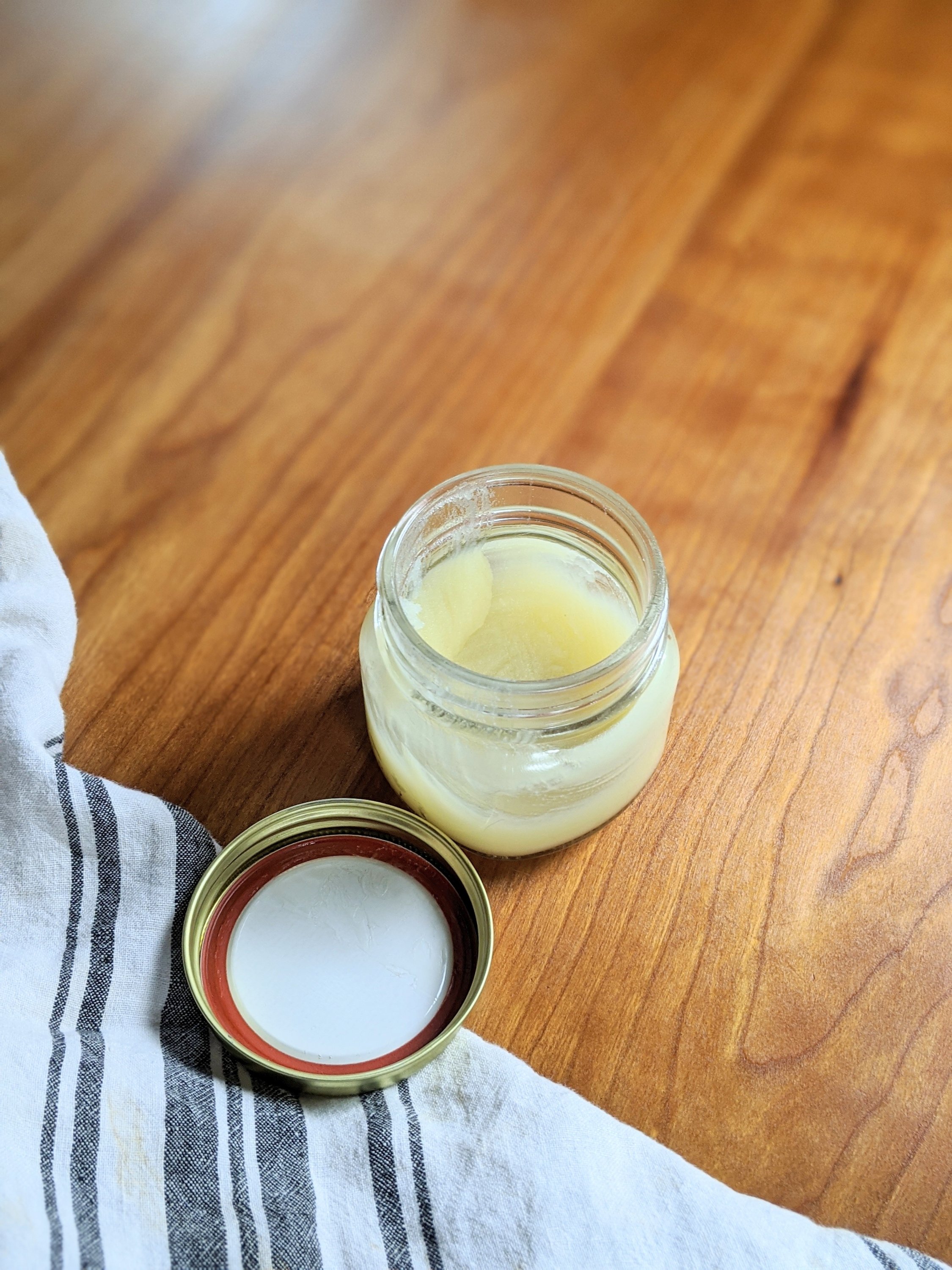
This DIY beeswax wood polish couldn’t be easier to make: its just beeswax and mineral oil. We actually used the beeswax we had leftover from our beehives last year, after we harvested the honey. We melt it down, add some mineral oil, let the mixture cool, then shine away!
This wood polish recipe is perfect for making any old furniture shine like new. The beeswax wood polish protects and conditions, leaving a natural finish.
This Beeswax Wood Polish Is:
- Clean & simple
- Easy to make
- All Natural
- Made with 2 Ingredients
- Great to shine up old wooden furniture
Our post-and-beam home is built entirely of wood, hardwood floor to ceilings. So needless to say, we end up using a lot of furniture polish to keep things looking bright.
Most of Brett’s family are amazing woodworkers, and we have so many beautiful furniture pieces they’ve made for us. To keep them all shining like new, we made this simple beeswax furniture polish. We even use it on our kitchen counters, which are butcher block wood.
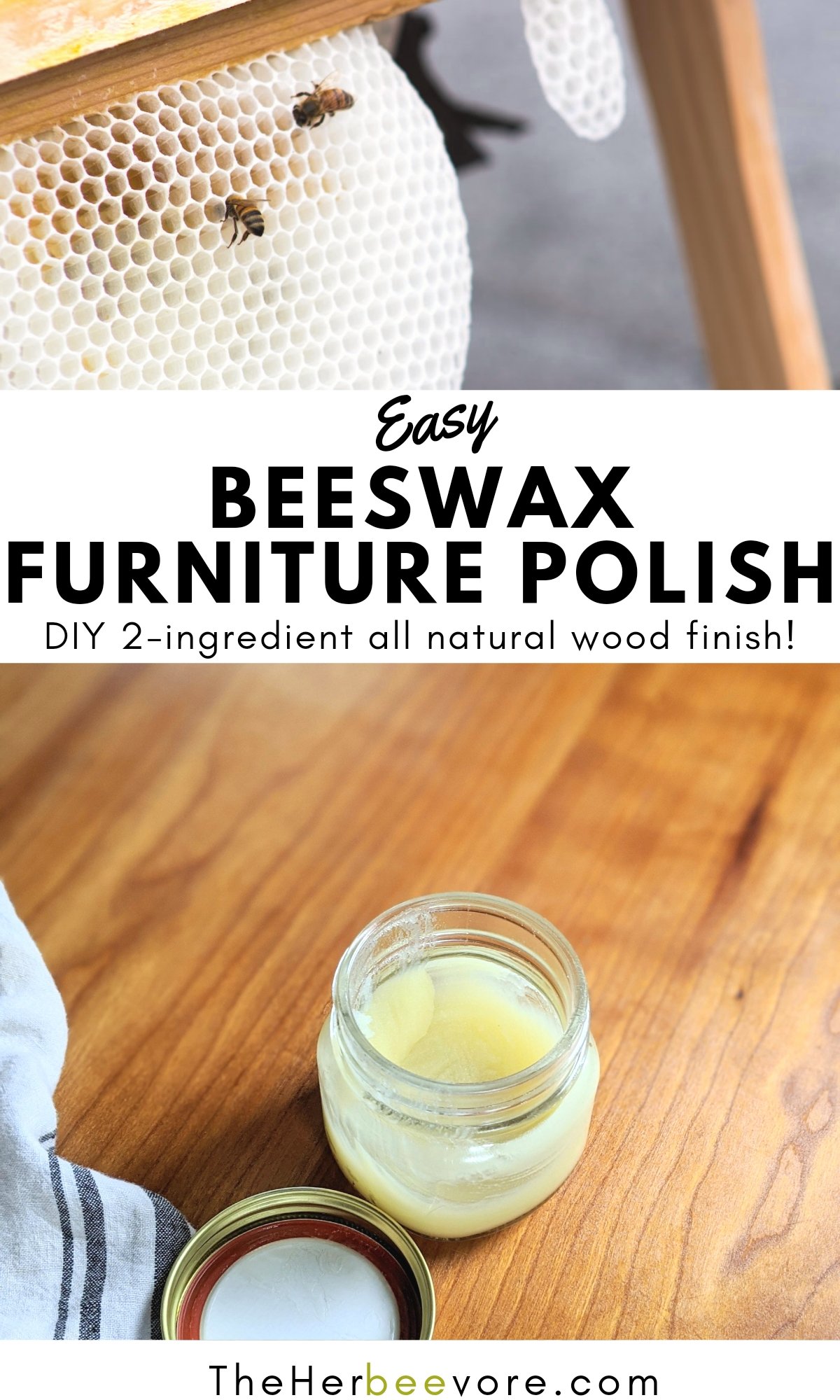
What’s In This Beeswax Wood Furniture Polish?
Be sure to visit the recipe card below for full ingredient amounts and recipe instructions!
- Natural Beeswax: I used beeswax from our beehives, but I’d recommend an organic cosmetic-grade beeswax like this one. Why organic and cosmetic-grade? Because if you have any beeswax leftover from making furniture polish, you can use it for some simple and easy hand and skin products.
I have 2 great recipe for DIY Beeswax Lip Balm & DIY Beeswax Beard Balm that gets rave reviews. If there’s a local beekeeper in your area, I’d recommended starting there for wax, but if you buy online, make sure you get the good stuff!
- Food Grade Mineral Oil: Same with the beeswax, it’s important to get a good food-grade mineral oil so you can use it on kitchen surfaces too. You may have leftover mineral oil from the furniture polish and you can use it to condition cracked or dried-out wooden cutting boards. The mineral oil conditions the wood and give the polish its long-lasting shine.
- A Double Boiler: the safest way to melt the wax is over a double boiler on the stove top. Remember: wax is flammable, so take care to not melt the wax directly in a hot pot. A double boiler is heated with hot water, and acts as a buffer between the heat and the wax.
- 8 Ounce Wide Mouth Mason Jars: I like to use these larger wide mouth mason jars (rather than the taller skinny jam jars) as I found these are easier to dip a cloth or paper towel in to apply the wax. Regular mouth jam jars are too narrow for my hands, and these jars allow you to reach down to the bottom of the jar better to get that last drop of polish on.
I like that this is all-natural, and only has 2 simple ingredients. No chemicals, no junk, no ingredients you can’t pronounce. Just like with the food we cook, I like to be able to know exactly what I am using and eating around my house.
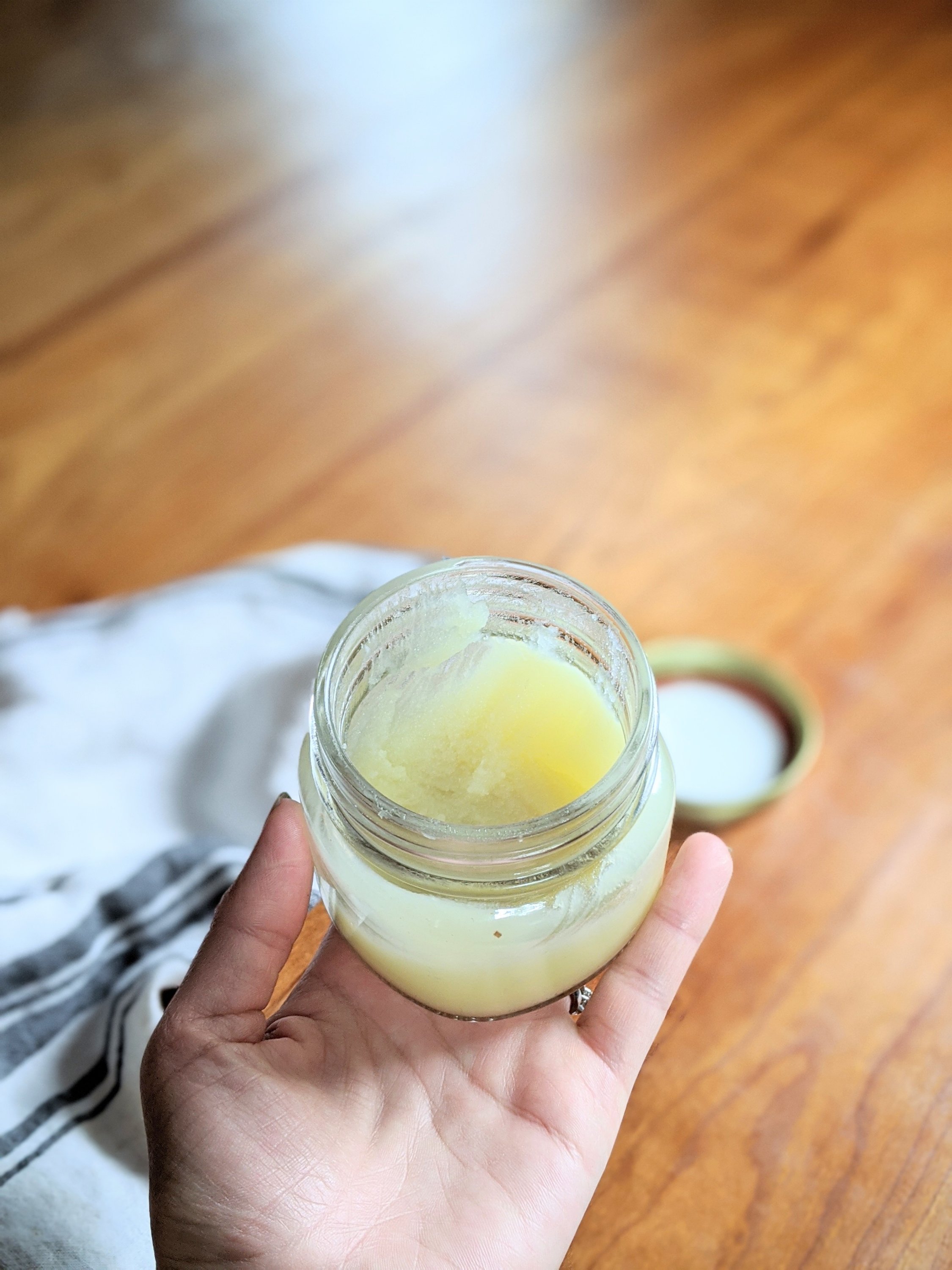
Where Does Beeswax Come From?
As a beekeeper, we save the leftover wax from when we harvest honey from our hives. Bees make the wax to create “cells”, which form that hexagonal honeycomb pattern. The cells can be used to lay eggs, raise brood, and keep honey that the bees store for the winter.
The honey is stored in the hexagonal cells, and when the moisture has been cured out from the honey, the bees will cover the cells with a wax seal. This is called capping. It preserves the honey for the winter, and keeps the moisture from spoiling honey stores.
When we harvest honey, we scrape the wax to release the honey from the cells. Once the honey gets filtered into a separate bucket (which we then jar up and enjoy!) we are left with the wax. We melt the wax to remove any impurities, and then keep it to make great products like this beeswax furniture polish!
Here is a frame full of honey, perfectly capped in beeswax.
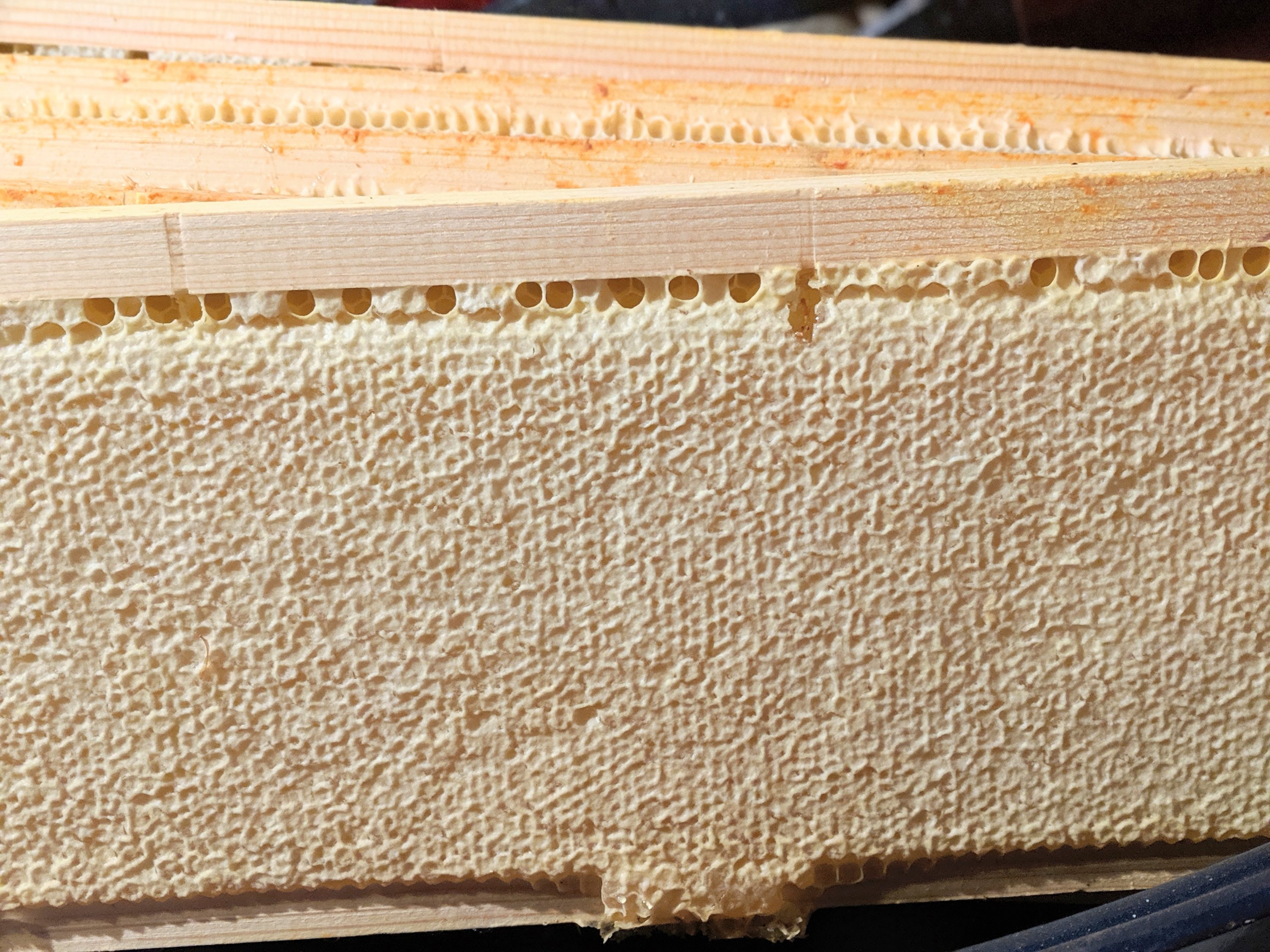
How To Make Beeswax Furniture Polish
- The first step to making this furniture polish is to melt the beeswax. The best and safest way to do it this is over a double boiler on the stove top.
- Let hot steam melt the wax, and be very careful not to spill any on the stove because beeswax is flammable (think candles)!
- One the steam has melted the wax, add the mineral oil. Carefully stir the ingredients together until both the beeswax and oil have liquified, pour into a 8 ounce wide mouth mason jar, allow about 15 minutes to cool and solidify, and you’re ready to use.
How To Polish Wood With Beeswax
Using the polish is a simple process: use a microfiber cloth to apply the wax directly to the wood surface. Allow the wax polish to sit overnight, and gently buff off the excess in the morning.
Brett has a giant cherry wood desk that he and his dad built years ago. We added a little polish to the desk, and as you can see from the pictures, it looks brand new! This simple polish is great for refreshing any old furniture in your house. We’ll be using this recipe for years to come.
Tips for Using Beeswax Polish on Wood Furniture
- You can adjust the consistency of the polish by adding more or less oil – more oil with make the polish a bit softer, and less will make it more firm.
- If the polish is too thick, you can melt it again and add more oil.
- If the polish is too thin, you can melt it, add more beeswax pellets (I would start with 1 tablespoon at a time), then let it cool and solidify before using it.
- To apply the polish to large surfaces, I like using a clean cotton cloth.
- To remove excess polish, use a clean cloth.

More DIY Recipes With Beeswax!
If you have any extra beeswax, I’d highly recommend these great recipes. The method of melting wax is the same, and you can make great homemade all natural products at home.
DIY Leather Conditioner Recipe with Beeswax
Headache Balm with Mint and Pine
Share This Simple Beeswax Wood Polish Recipe
Let’s connect on social!
If you made this recipe, please leave a star rating and let me know how it went in the comments below. I’d love to hear from you!

Our cookbook One Ingredient, Five Ways has tasty no-waste plant-based recipes for everyone!

DIY Beeswax Furniture Polish
Equipment
- A Double Boiler
- 8 ounce Wide Mouth Mason Jars
Ingredients
- 1/3 cup beeswax
- 2/3 cup mineral oil
Instructions
- In a double boiler, add the beeswax until it melts. Add in the mineral oil and stir well to combine.
- Pour into a 8 ounce wide mouth mason jar and allow to cool.
- With a clean cloth, add a dab to the furniture you want to polish, and in a circular motion, work the polish in.
- Allow the polish to sit overnight.
- In the morning, gently buff the polish off the furniture using a paper towel or non-abrasive cloth.
This post may contain affiliate links. I may earn from qualifying purchases from affiliate programs, at no additional cost to you. Please read our privacy policy for more information.
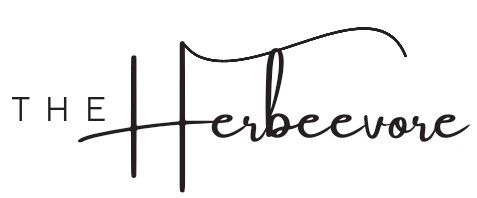
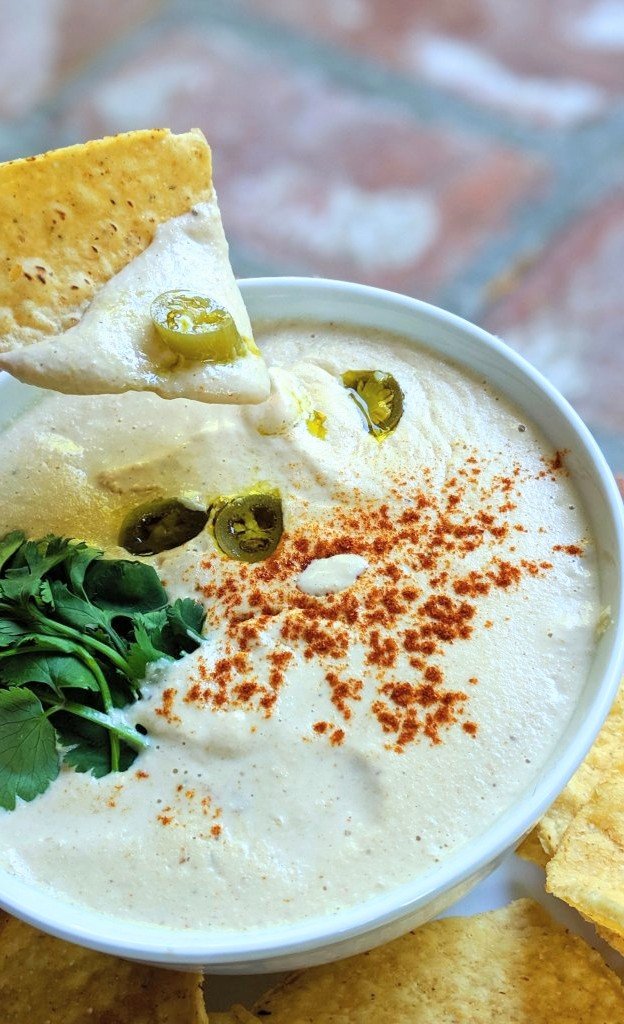


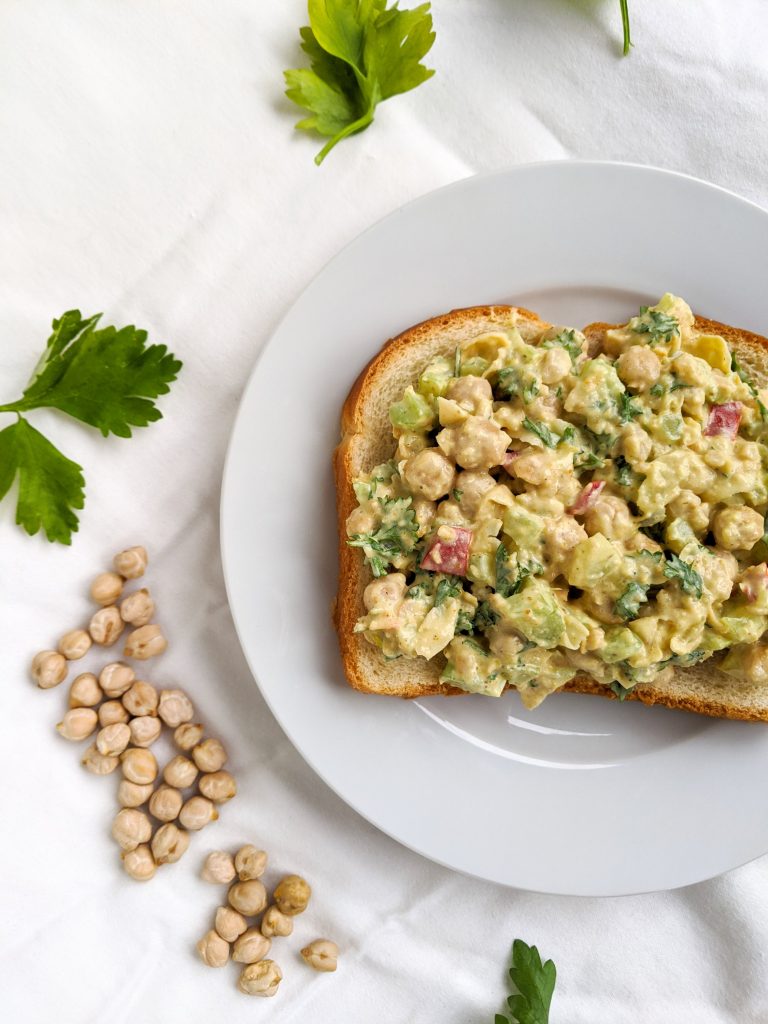
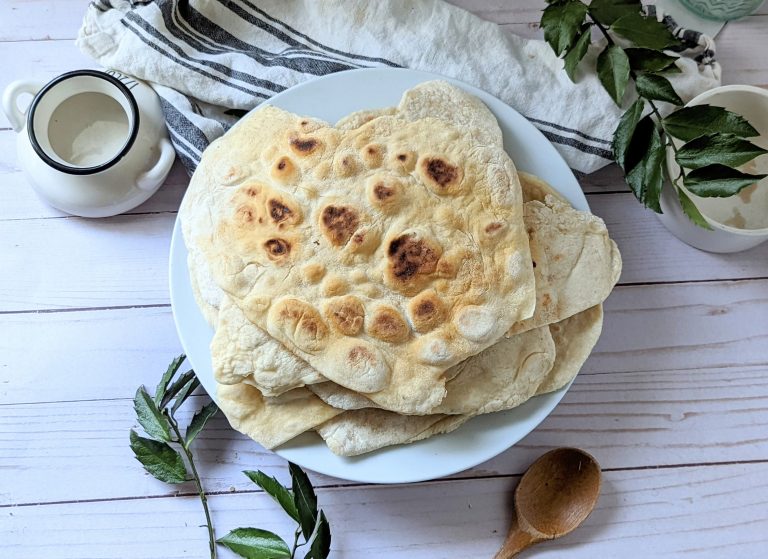

What does 1/3 cup beeswax translate to in ounces? I don’t think I want to heat up the beeswax just to have to measure it. I have a 1 oz bar – is that about correct?
For polish what is the ratio of oil to wax?
The polish is one part beeswax (1/3 cup) to 2 parts mineral oil (2/3 cup) – the full recipe and directions are in the recipe card above!
Followed the directions and it set up perfectly. Just tried it on my cocktail table and it looks great!
I’ve been making this for years. It works great. I wouldn’t use olive oil because it can go rancid. I wouldn’t use nut oils (walnut oil, tung oil, etc) because of nut allergies. And I wouldn’t buy any beeswax imported from China or India. Some have other waxes mixed in, some have very little bees wax, some smell like chemicals and no bees wax can be organic because of the distance bees fly to collect pollen and nectar. And no USA bees wax can meet the standards to be called organic so I doubt India or China can.
Tung is a drape, not a nut. Allergy-safe.
Can I use a different oil?
Hi Mary – I’ve only tested this recipe with mineral oil, which is conditions the wood and gives a nice shine. I don’t know how well other types of oil work on wood (we even use mineral oil on our cutting boards) so I would recommend using a food-grade mineral oil for this. But I will look into it a bit, it’s a great question!
What did I do wrong? After pouring the mixture in a jar, the beeswax went to the bottom in a clump, oil on top.
Hello Caroline,
Hm – I’ve never had that happen, perhaps the beeswax and oil wasn’t completely mixed before you poured it? The good news is that you can try it again with the ingredients you already had. You can place the jar of your mixture in a hot water bath until the wax melts again. Follow the recipe and add the ingredients to the double boiler again and stir really well to combine them (for a full minute or more). Then pour the mixture back into the jars. Let it sit out overnight on the counter, don’t cool it in the fridge. Let me know if that helps at all!
The oil was cold enough to solidify the wax. Both the oil and wax must be hot when mixing.
I add some lemon oil for a nice fragrance!…
What a great idea. I use beeswax and olive oil to make herbal salves, why not furniture polish!
Love this product and works perfectly with my wood products. Nice and clean and polished
That’s so great to hear Teri, we love this wood polish too!
I had no idea a bee can be so versatile
Yes! Beeswax is a great ingredient for all kinds of natural cleaning and beauty products. We definitely don’t let our beeswax go to waste around here.
Are you all aware mineral oil is a petroleum distillate? I’m not sure that would count as any more “natural” than some of the chemicals you avoid. It’s certainly safe, but not sure you could call it “natural”.